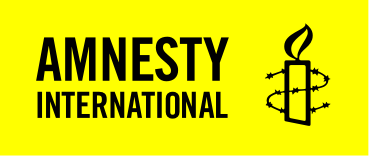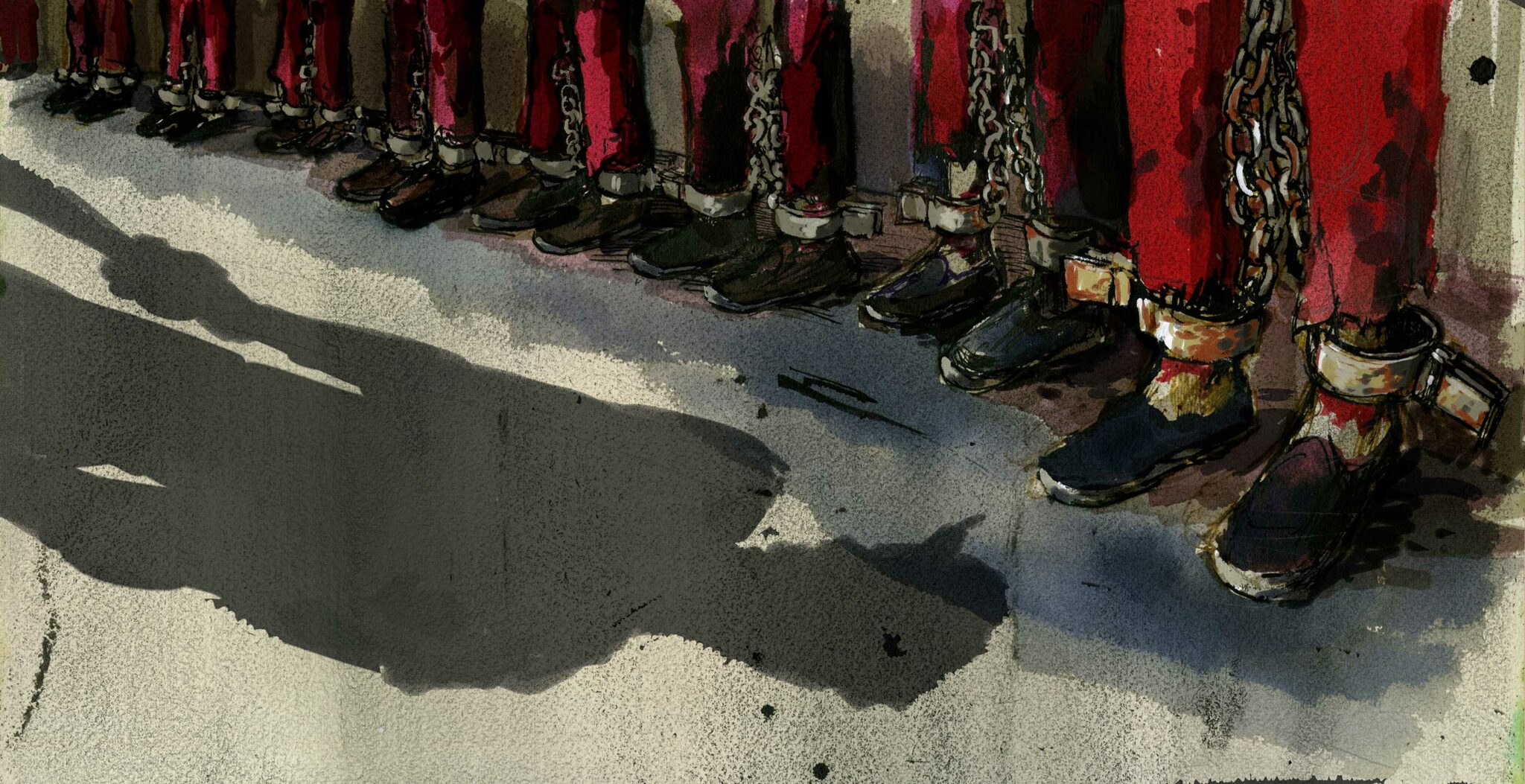Destruction of religious and cultural sites
Mosques, shrines, gravesites, and other religious and cultural sites have been systematically destroyed or repurposed throughout Xinjiang. [[[See Rian Thum, Made in China Journal, “The Spatial Cleansing of Xinjiang: Mazar Desecration in Context”, 24 August 2020 →; Lily Kuo, The Guardian, “Revealed: New Evidence of China’s Mission to Raze the Mosques of XUAR”, 6 May 2019 →; Uyghur Human Rights Project: ‘Demolishing Faith: the destruction and desecration of Uyghur Mosques and Shrines,” UHRP 28 October 2019; Joanne Smith Finley, ChinaFile, “’Now We Don’t Talk Anymore’: Inside the ‘Cleaning’ of Xinjiang,” 28 December 2018 →]]] Using satellite imagery to survey the territory, the Australian Strategic Policy Institute has estimated that over 16,000 mosques have been destroyed or damaged in Xinjiang since 2017. [[[Nathan Ruser, Dr James Leibold, Kelsey Munro and Tilla Hoja, Australian Strategic Policy Institute (ASPI), “Cultural Erasure: Tracing the Destruction of Uyghur and Islamic Spaces in Xinjiang,” →]]] The affected sites include sites of pilgrimage, which have particular importance in Uyghur religion and culture. According to a foreign scholar who visited the sites, two of the most sacred pilgrimage sites – the Imam Jafiri Sadiq mazar and the Ordam Padishah mazar – have been demolished and others have been desecrated, closed, or turned in tourist attractions. [[[Rian Thum, Made in China Journal, “The Spatial Cleansing of Xinjiang: Mazar Desecration in Context”, 24 August 2020 →]]] Mehmet visited three other historic shrines and said that video cameras had been installed to monitor the sites. “Now everyone is afraid to go,” he told Amnesty. [[[Amnesty International interviews.]]]
Amnesty International interviewed numerous people who said mosques in their towns and villages had been destroyed or repurposed. [[[Amnesty International interviews; Also, Government demolition of religious venues has not been limited to mosques in Xinjiang. Under Xi Jinping, the government has intensified efforts to “sinicize” religions, including Islam and Christianity, that are considered “foreign”. Since 2014, particularly in coastal Zhejiang Province, thousands of crosses have been torn down from churches and other churches have been demolished under the pretext of regulating excessive and illegal religious sites; See Religious Transformation in Modern Asia A Transnational Movement Edited by David W. Kim.]]] Many former detainees reported seeing dramatic changes in their villages when they returned home after months of detention, including the destruction or repurposing of mosques and other cultural artefacts. Baurzhan told Amnesty what it was like when he saw his village for the first time after being released from the camp. “They removed crescents from every mosque… and from the furniture in homes… Now every house had to have a picture of Xi Jinping. Before we had a picture of a mosque,” he said. [[[Amnesty International interviews.]]] Aitugan told Amnesty many of the mosques in his area were destroyed and restaurants were no longer allowed to display halal signs. “It’s like they are trying to erase Islam,” he said. [[[Amnesty International interviews.]]] Aidar told Amnesty his township used to have 15 mosques, including two in his village, but that 13 had been repurposed:
Only two mosques are operating now. Thirteen closed down… Only a very small number of people still pray [at the remaining mosques]. They are all very old… I couldn’t even pray at home. They were monitoring me. I was afraid… Some [of the closed] mosques are empty, some are clothing factories… but all minarets have been demolished and Islamic decorations removed… Both mosques in my village [including the one still operating] had minarets demolished. [[[Amnesty International interviews.]]]
Witnesses also mentioned that Islamic crescents and Arabic script had been removed from the remaining mosques as well as from other cultural and religious sites, including gravesites. “Some mosques were demolished… others had crescents taken off and Chinese flags put up in their place… Crescents were also taken off gravesites. For example, my mother died, and my brother had to take the crescent off the gravestone. Officials in the village made him do it,” Abzal said. [[[Amnesty International interviews.]]] “Part of my job was to take crescents off of Muslim gravesites… I used to have to paint over the Arabic words… I painted over my relative’s gravestone,” Mehmet said. [[[Amnesty International interviews.]]]



